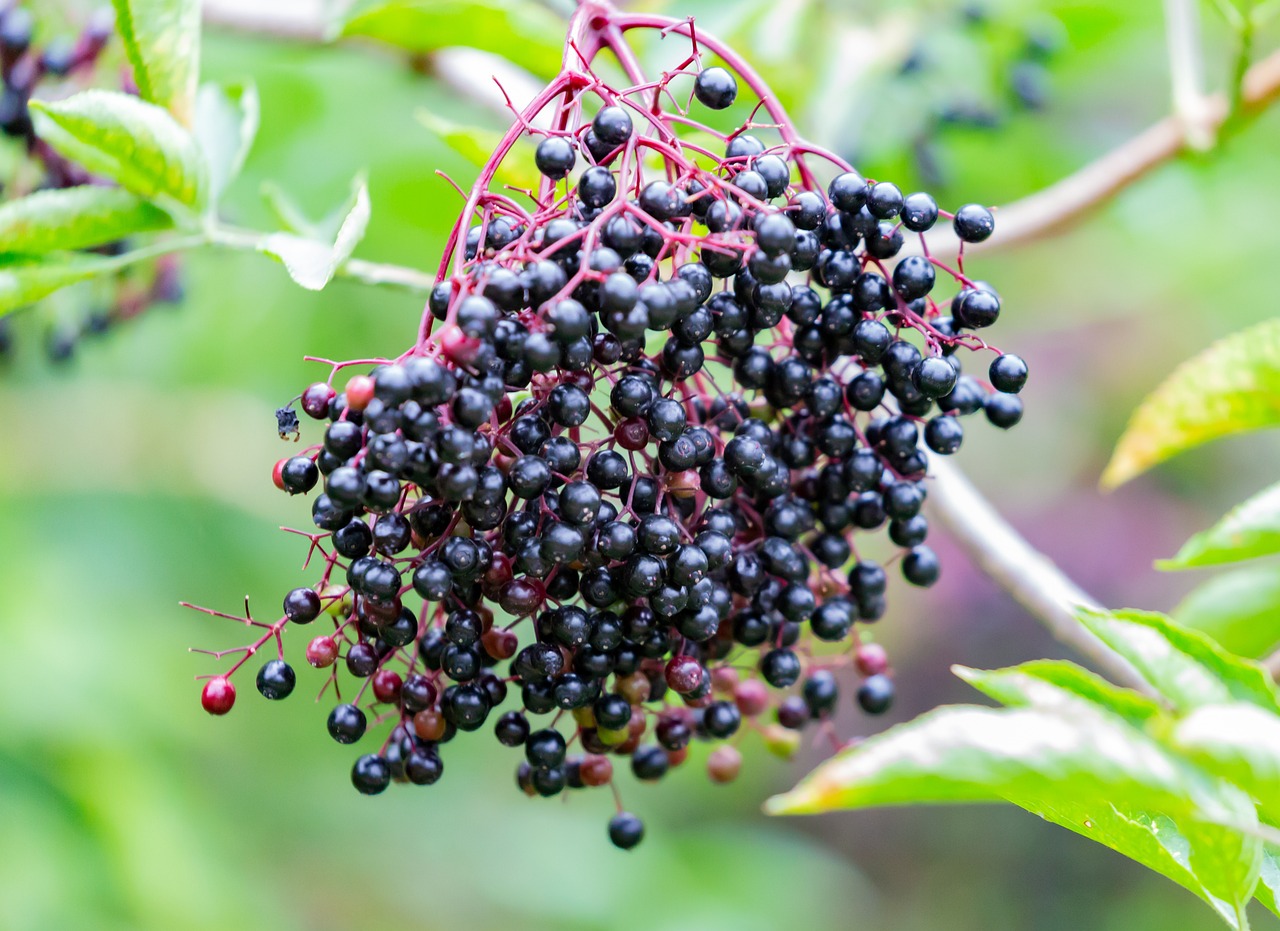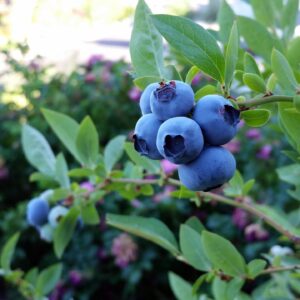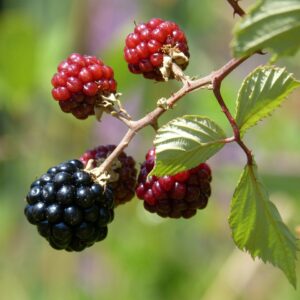The American Elderberry (Sambucus canadensis) is a native shrub or small tree commonly found across North America. It’s known for its clusters of small white or creamy flowers in the spring and dark purple to black berries that ripen in late summer or early fall. It’s not only valued for its ornamental beauty but also for its practical uses.
Here are some key features:
Size and Growth: It typically grows 5 to 12 feet tall, although it can occasionally reach up to 15 feet. The spread is usually about 5 to 10 feet, forming a dense, bushy shape. The growth is fast, especially in moist areas, and it tends to sucker, which means it can form colonies over time.
Leaves: The leaves are pinnately compound (meaning they have several leaflets arranged on either side of a central stalk) and are dark green in color. In the fall, the leaves may turn a yellowish color before dropping, contributing to seasonal interest.
Flowers: In late spring or early summer (May to June), the elderberry produces large, flat-topped clusters of tiny white or creamy flowers. These blossoms have a strong, sweet fragrance, which can attract pollinators like bees and butterflies. The flowers are edible and often used to make elderflower syrups, cordials, and even fritters.
Berries: The small, dark purple to black berries appear in late summer or early fall, borne in clusters. These berries are rich in antioxidants and are often used for making jams, jellies, wines, and elderberry syrups. However, it’s important to note that raw elderberries, seeds, and other parts of the plant are toxic if consumed in large quantities, but cooking them (as in jams or syrups) neutralizes the toxins. Birds love these berries and can be seen feeding on them when they ripen.
Bark: The bark is light gray or brown, and it has a smooth texture, often with lenticels (small pores). Over time, the bark may become slightly cracked.
Habitat and Growing Conditions: Elderberries thrive in moist, well-drained soil, often found in wetland areas, stream banks, or even along roadsides. They prefer full sun but can tolerate partial shade. They’re quite adaptable and resilient, making them a popular choice for a variety of garden settings. Elderberries are relatively low-maintenance but benefit from occasional pruning to keep them from becoming too leggy.
Uses: Medicinal Uses: The berries, flowers, and leaves (when properly prepared) have been used in traditional medicine for various purposes, from boosting the immune system to reducing flu symptoms. Wildlife: Birds and small mammals are drawn to the berries, making it a good choice for wildlife-friendly landscaping.
Potential Problems: Elderberry plants can sometimes be susceptible to pests like aphids, beetles, or caterpillars, but generally, they are hardy and don’t require much in the way of pesticide treatments. The American Elderberry is not only a valuable plant for gardens and landscapes but also an important plant in supporting local ecosystems and providing food and habitat for wildlife.



